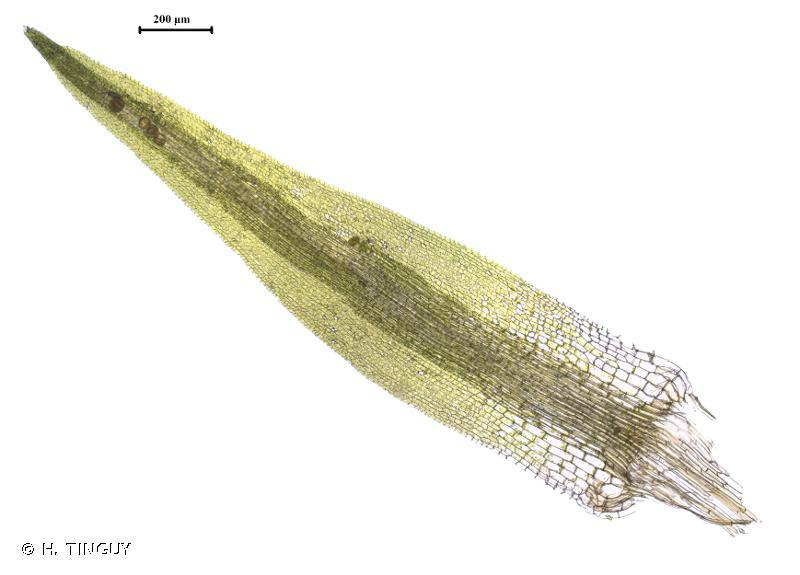
206156.jpg from: https://inpn.mnhn.fr/espece/cd_nom/4415/tab/fiche
Introduction

2020-07-31-15-43-45-800×600.jpg from: https://www.britishbryologicalsociety.org.uk/learning/species-finder/campylopus-flexuosus/
In the vast and captivating world of bryophytes, one particular moss species stands out for its unique characteristics and ecological significance – the
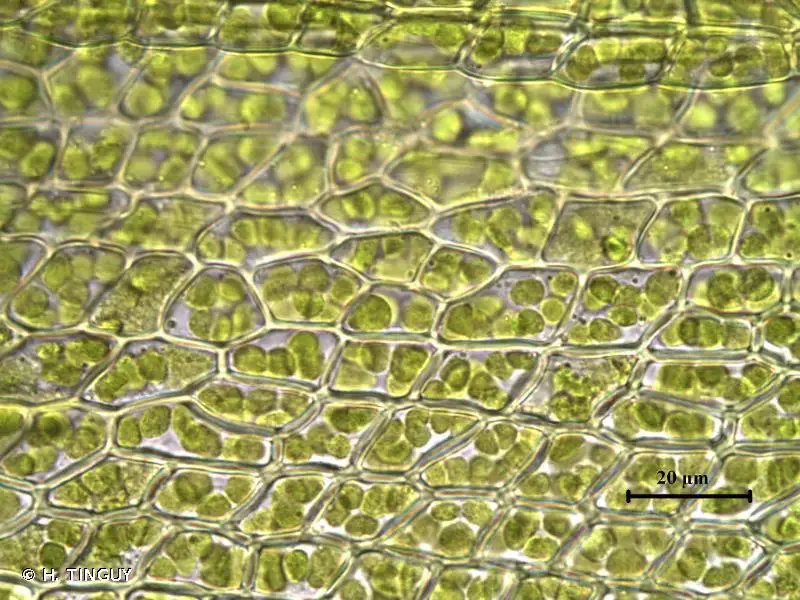
206157.jpg from: https://inpn.mnhn.fr/espece/cd_nom/4415/tab/taxo
Campylopus flexuosus (Hedw.) Brid. moss, belonging to the Leucobryaceae family. Also known simply as Campylopus, this unassuming yet remarkable plant has captured the interest of enthusiasts and researchers alike.
Background
Before delving into the intricacies of this moss, it’s essential to understand its taxonomic classification.
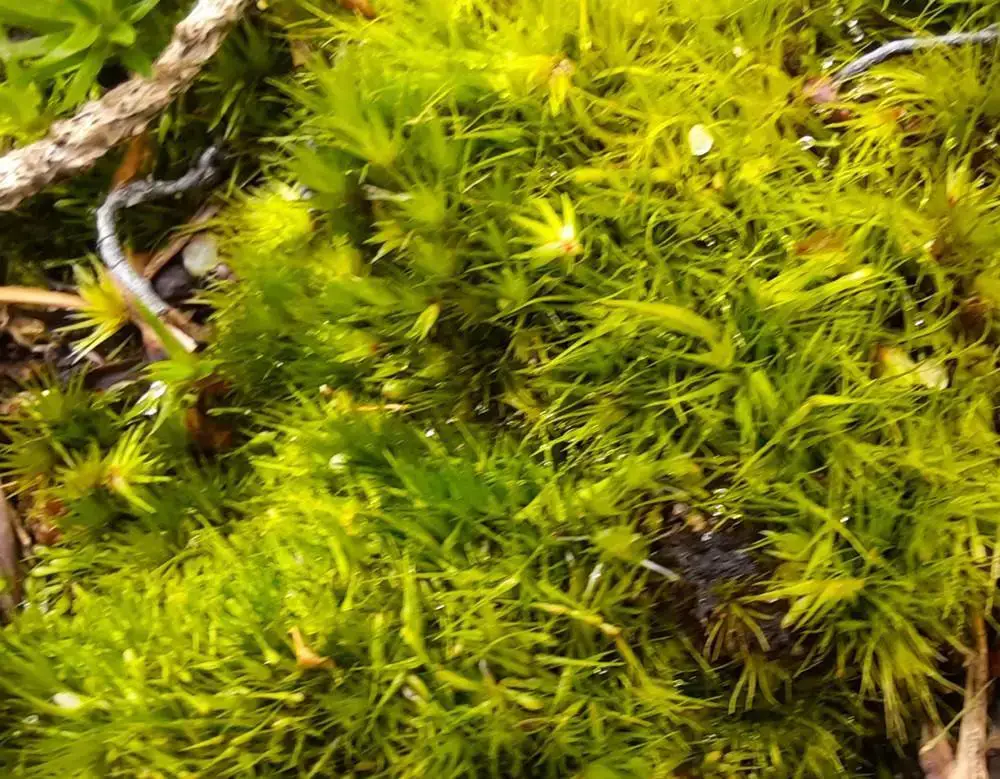
33550130.jpg from: https://waarneming.nl/waarneming/view/207878222?_popup=1
Campylopus flexuosus is a member of the Bryophyta phylum, which encompasses all bryophytes, including mosses, liverworts, and hornworts. It belongs to the class Bryopsida, commonly referred to as the “true mosses.”
Main Content
Morphology and Identification
Campylopus flexuosus is a small, acrocarpous moss that forms dense, yellowish-green to reddish-brown tufts or cushions. Its leaves are narrow, lance-shaped, and often curved or twisted when dry, giving the plant a distinctive appearance. The leaf margins are typically entire, and the costa (midrib) is prominent, extending beyond the leaf apex.
One of the key identifying features of
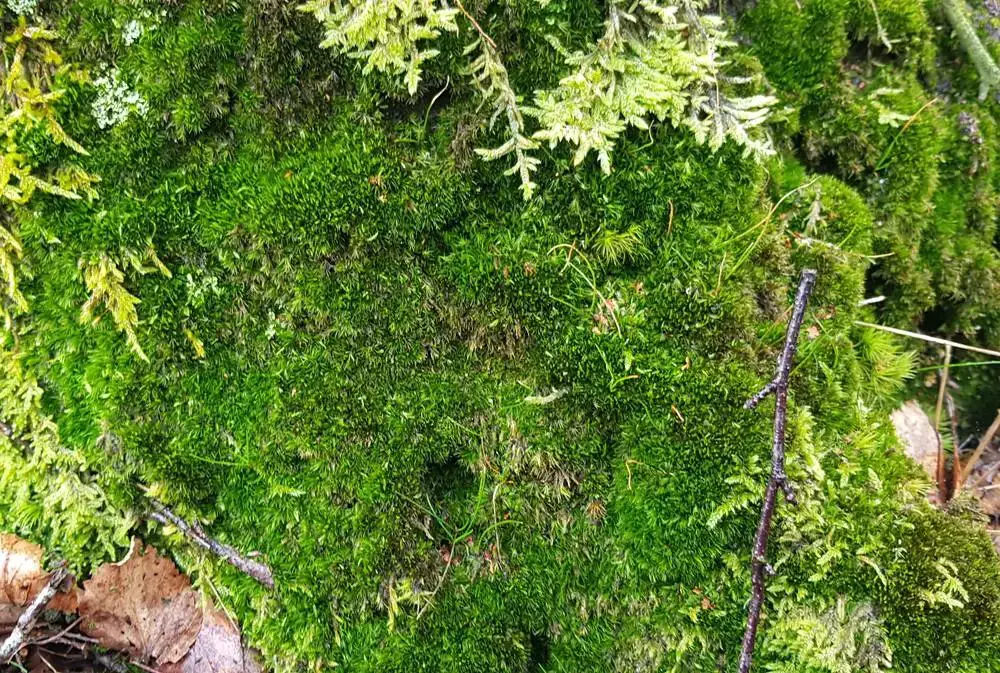
33855601.jpg from: https://waarneming.nl/waarneming/view/208907937?_popup=1
Campylopus flexuosus is the presence of hyaline (transparent) cells in the leaf base, which aid in water conduction and storage. Additionally, the moss produces specialized structures called pseudopodia, which are stem-like structures that facilitate vegetative reproduction.
Global Distribution and Habitat
Campylopus flexuosus is widely distributed across various regions of the world, including Europe, Asia, Africa, North and South America, and Oceania. It thrives in a variety of habitats, such as acidic soils, rock crevices, and disturbed areas like roadside banks and forest clearings.
This moss is particularly well-adapted to acidic environments and is often found in areas with high levels of atmospheric pollution, making it a valuable bioindicator for monitoring environmental conditions.
Ecological Roles and Adaptations
Despite its small size, Campylopus flexuosus plays crucial ecological roles in the ecosystems it inhabits. As a pioneer species, it contributes to soil formation and stabilization, facilitating the establishment of other plant species in disturbed areas.
Moreover, this moss exhibits remarkable adaptations to cope with environmental stresses. Its ability to tolerate desiccation and its efficient water-conducting and storage mechanisms allow it to thrive in dry conditions. Additionally, the presence of specialized cells and structures, such as the hyaline cells and pseudopodia, contribute to its resilience and reproductive success.
Case Studies/Examples
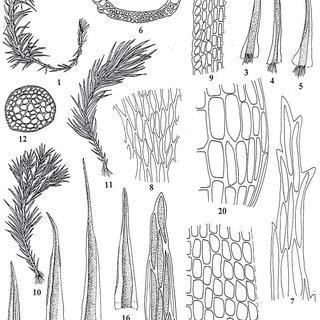
1-9-Campylopus-flexuosus-Hedw-Brid1-vegetative-plants-2-cross-section-of-axis_Q320.jpg from: https://www.researchgate.net/figure/1-9-Campylopus-flexuosus-Hedw-Brid1-vegetative-plants-2-cross-section-of-axis_fig4_307923713
Campylopus flexuosus has been the subject of numerous scientific studies, shedding light on its ecological significance and potential applications. For instance, researchers have investigated its role in heavy metal accumulation, exploring its potential use in phytoremediation efforts.
Furthermore, the moss has been studied for its ability to colonize and stabilize disturbed areas, making it a valuable tool in ecological restoration projects.

33744158.jpg from: https://waarneming.nl/observation/208536962/
Technical Table
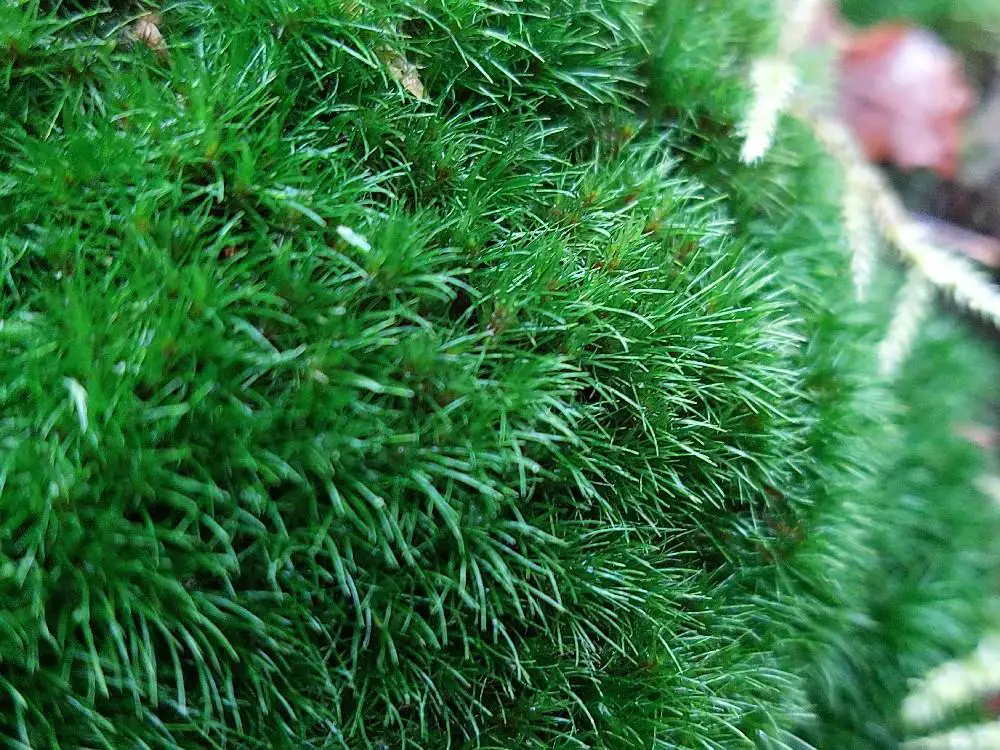
61789052.jpg from: https://waarneming.nl/photos/61789052/
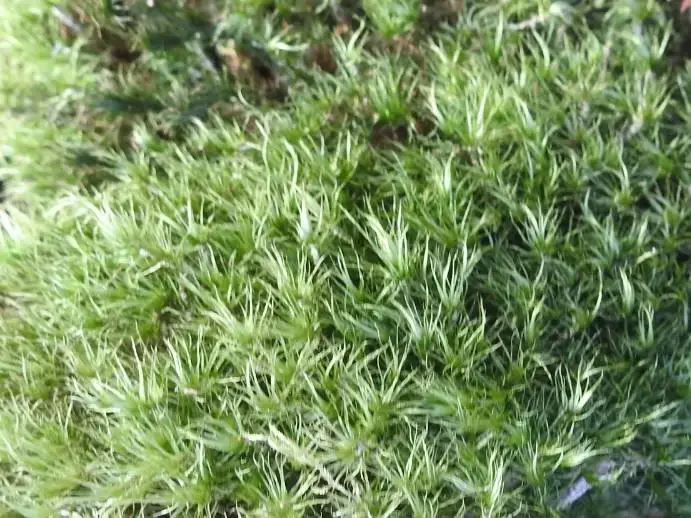
47328116.jpg from: https://waarnemingen.be/photos/47328116/
| Characteristic | Description |
|---|---|
| Phylum | Bryophyta |
| Class | Bryopsida |
| Family | Leucobryaceae |
| Genus | Campylopus |
| Species | flexuosus |
| Growth Form | Dense tufts or cushions |
| Leaf Shape | Narrow, lance-shaped |
| Leaf Margin | Entire |
| Costa | Prominent, extending beyond leaf apex |
| Hyaline Cells | Present in leaf base |
| Pseudopodia | Stem-like structures for vegetative reproduction |
Conclusion
The Campylopus flexuosus (Hedw.) Brid. moss, a member of the Leucobryaceae family, is a remarkable species that has captured the attention of enthusiasts and researchers alike. Its unique morphological features, global distribution, and ecological adaptations make it a fascinating subject of study.
As we continue to explore and understand the intricate world of bryophytes, the
Campylopus_flexuosus_2E.jpg from: https://azoresbioportal.uac.pt/pt/especies-dos-acores/campylopus-flexuosus-12086/
Campylopus flexuosus moss serves as a reminder of the incredible diversity and resilience found in nature’s smallest inhabitants. Perhaps the next time you encounter a moss-covered rock or a verdant forest floor, you’ll pause to appreciate the unassuming yet remarkable Campylopus flexuosus, a true marvel of the bryophyte world.